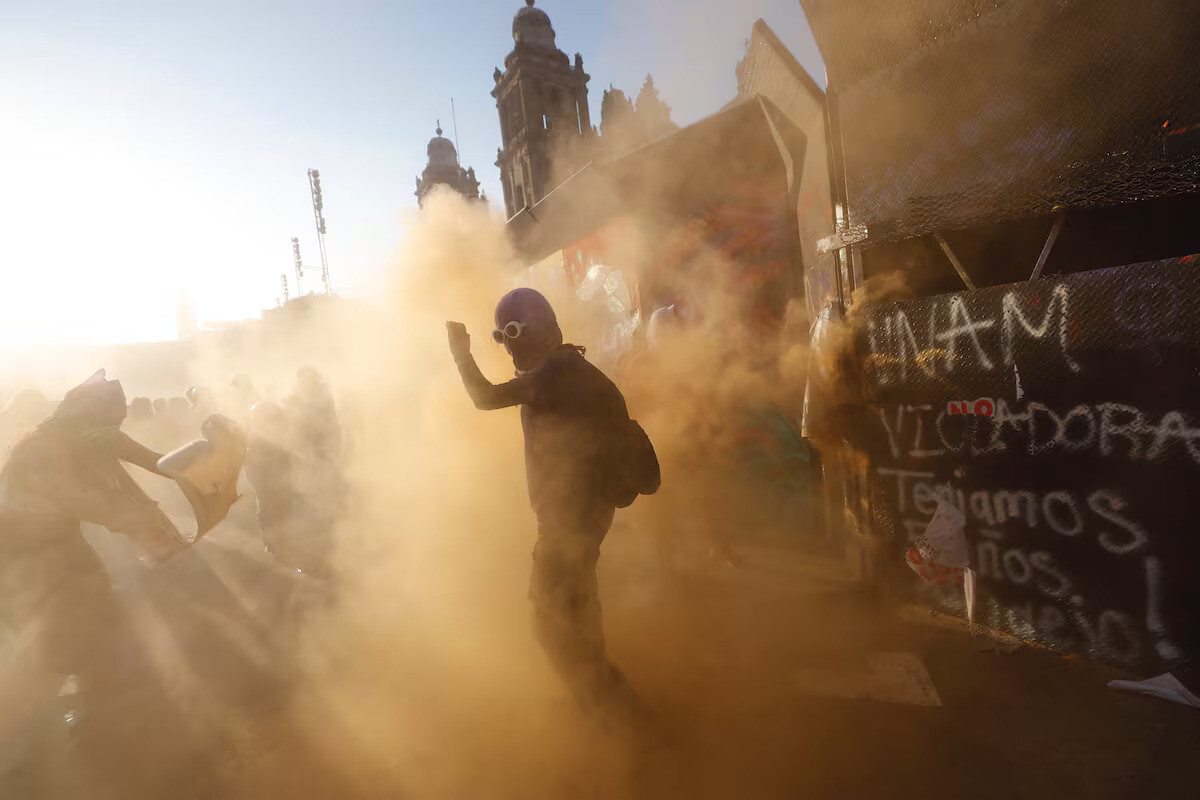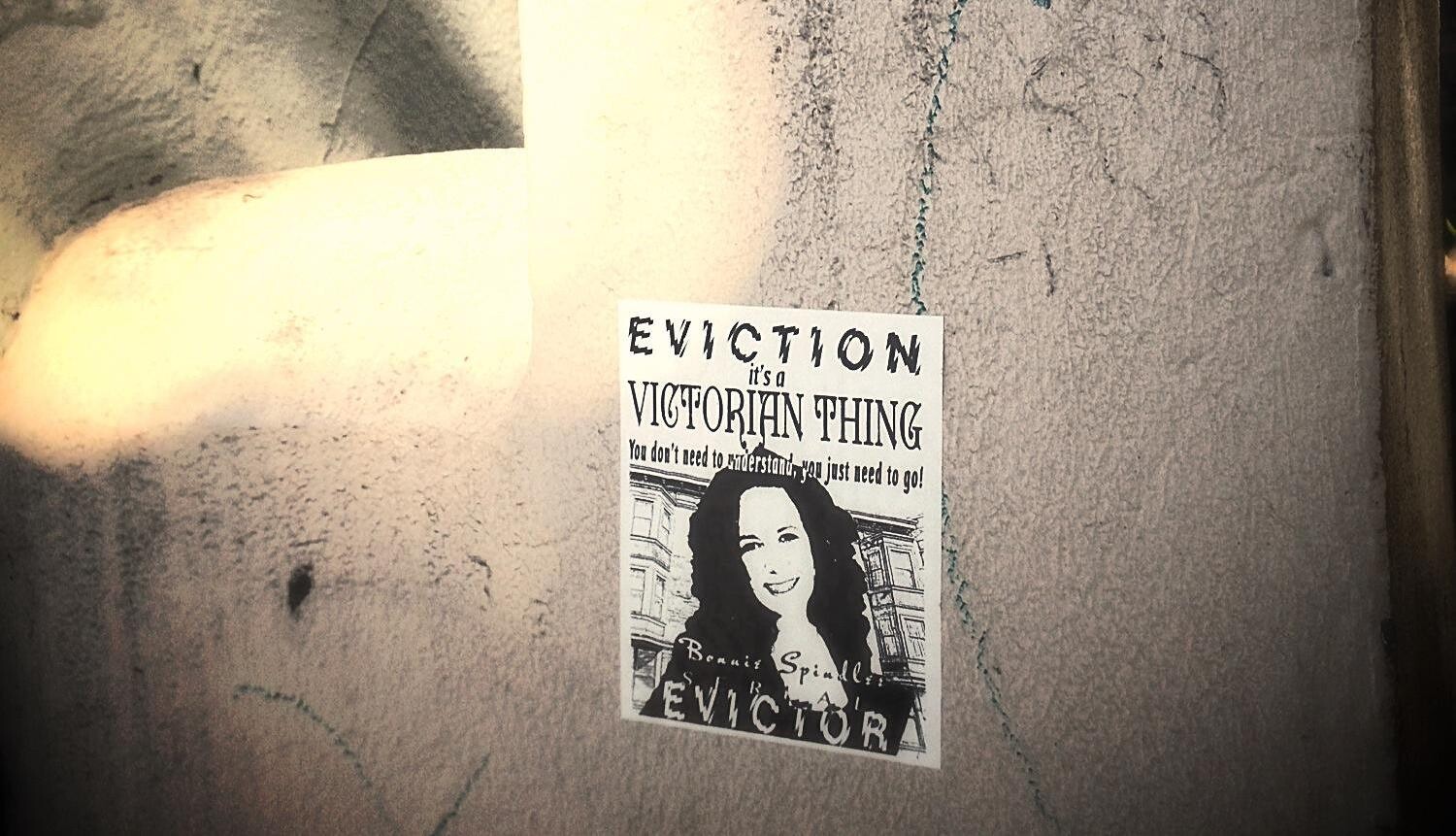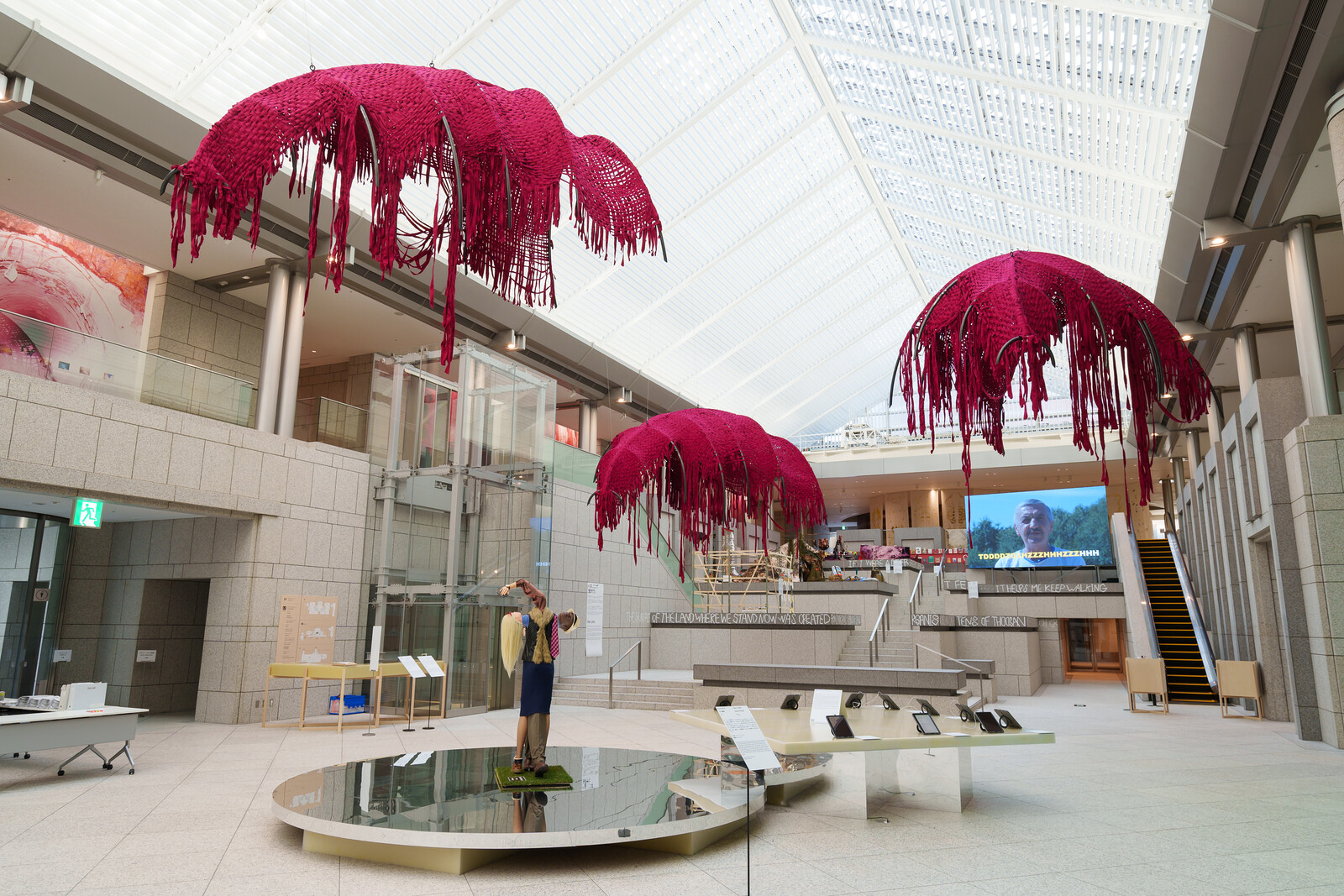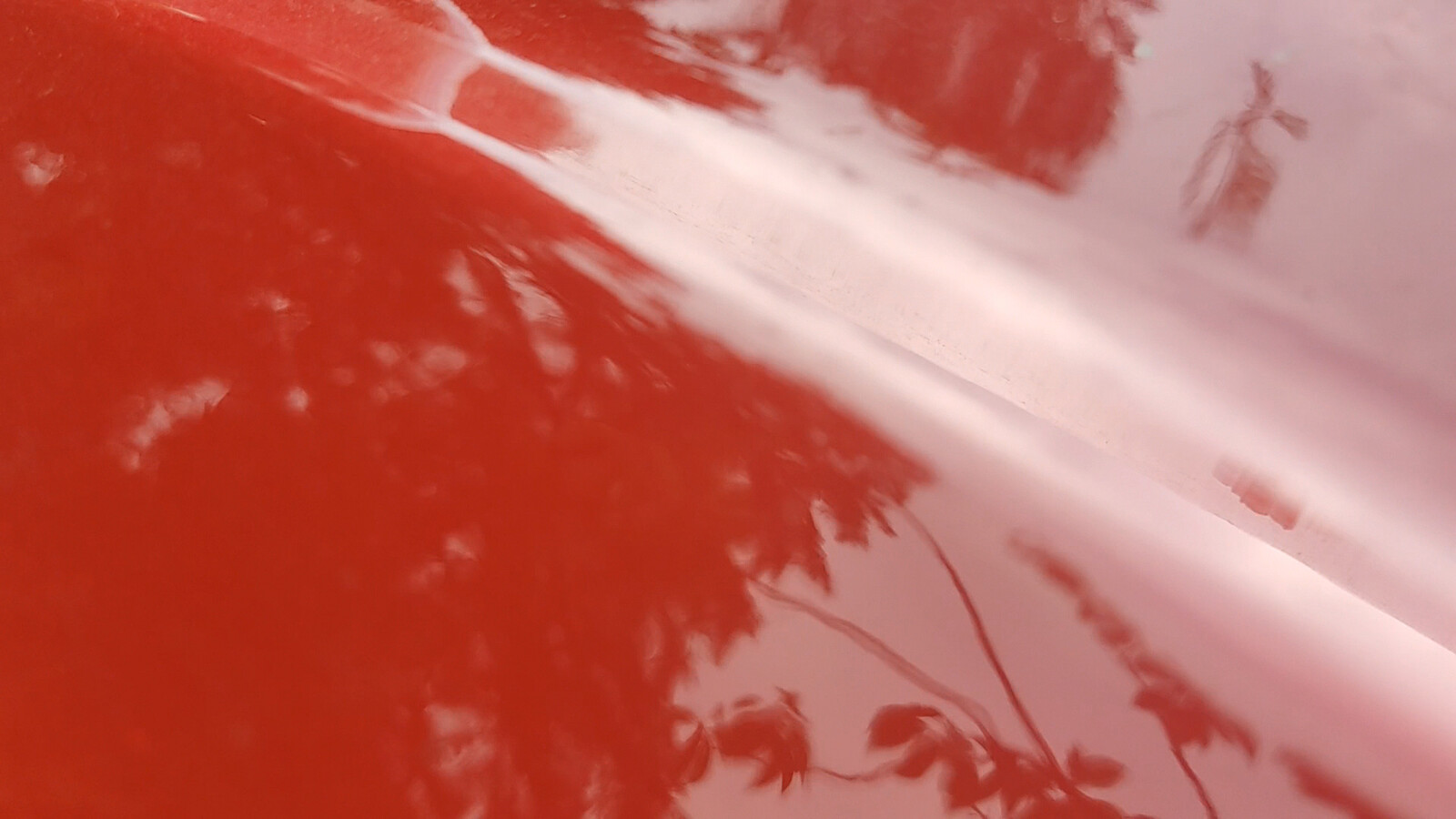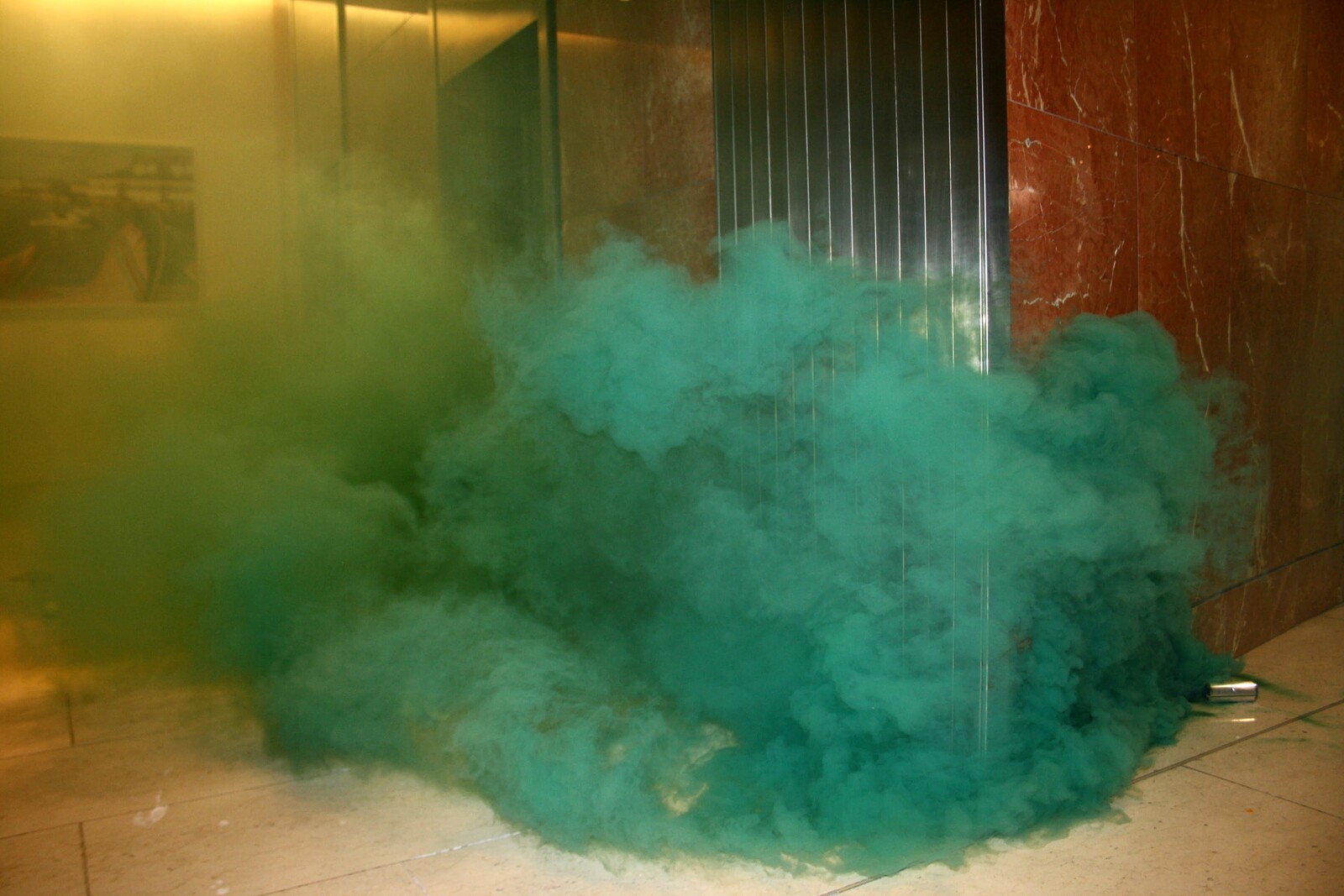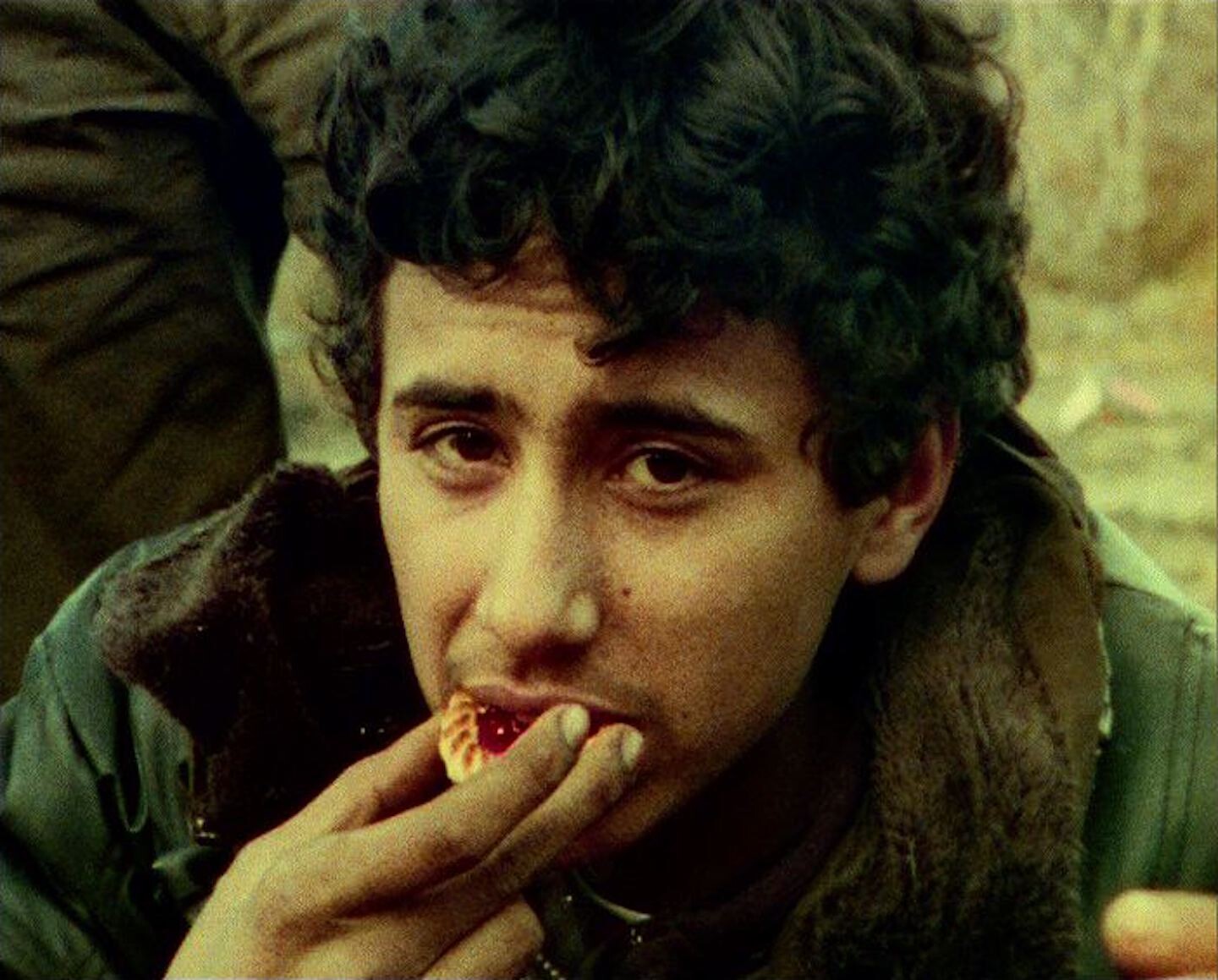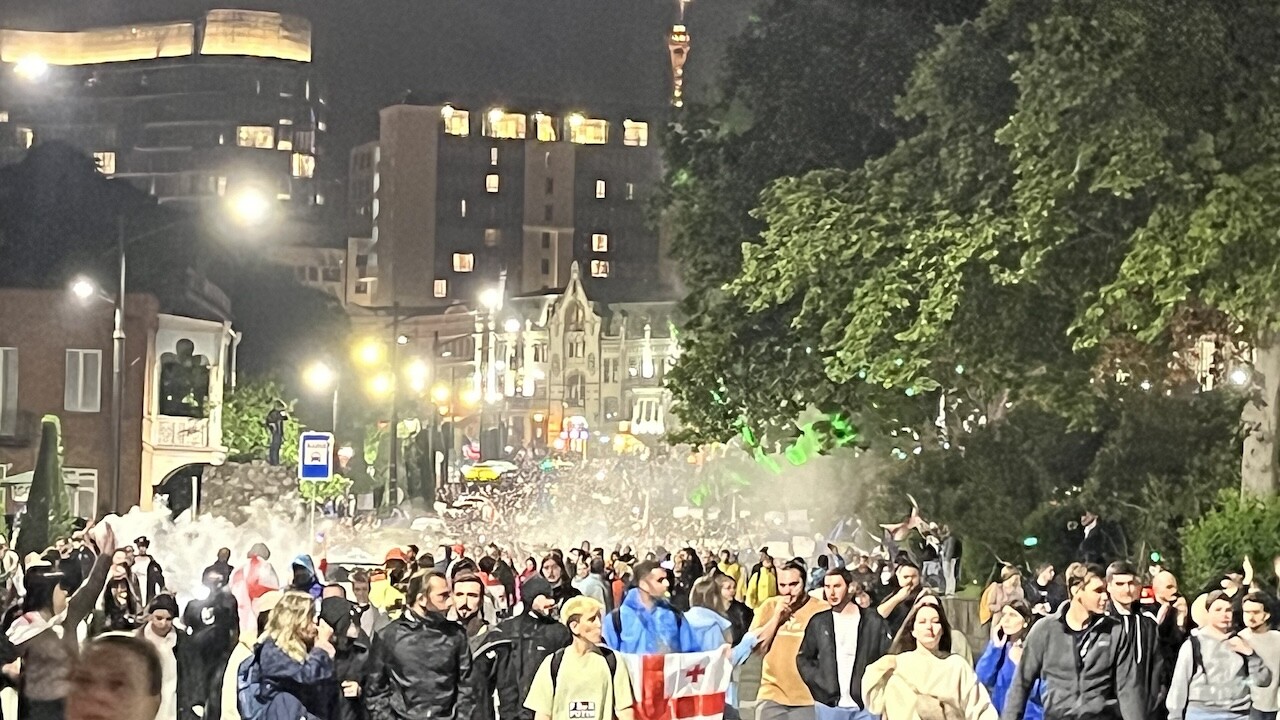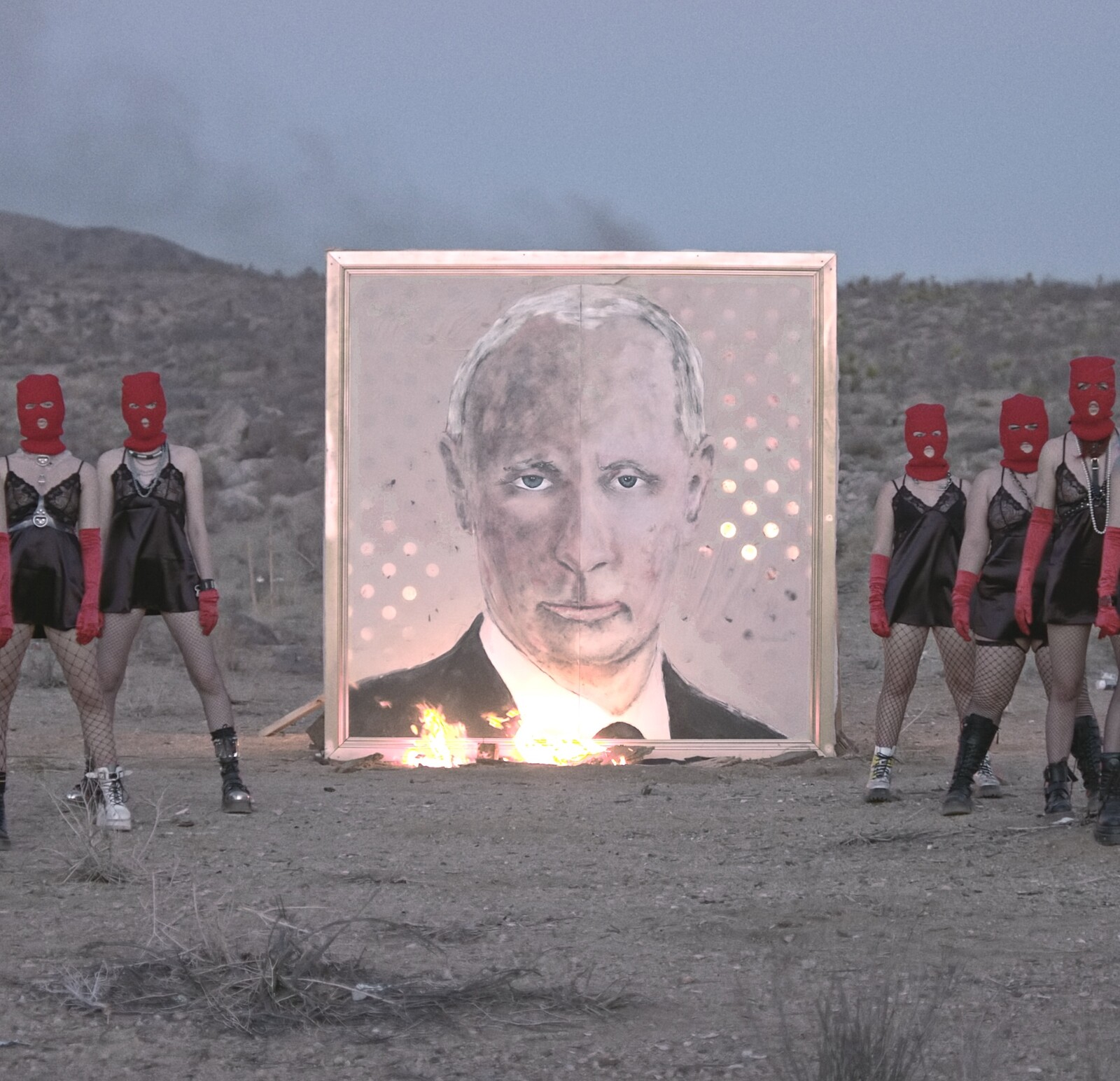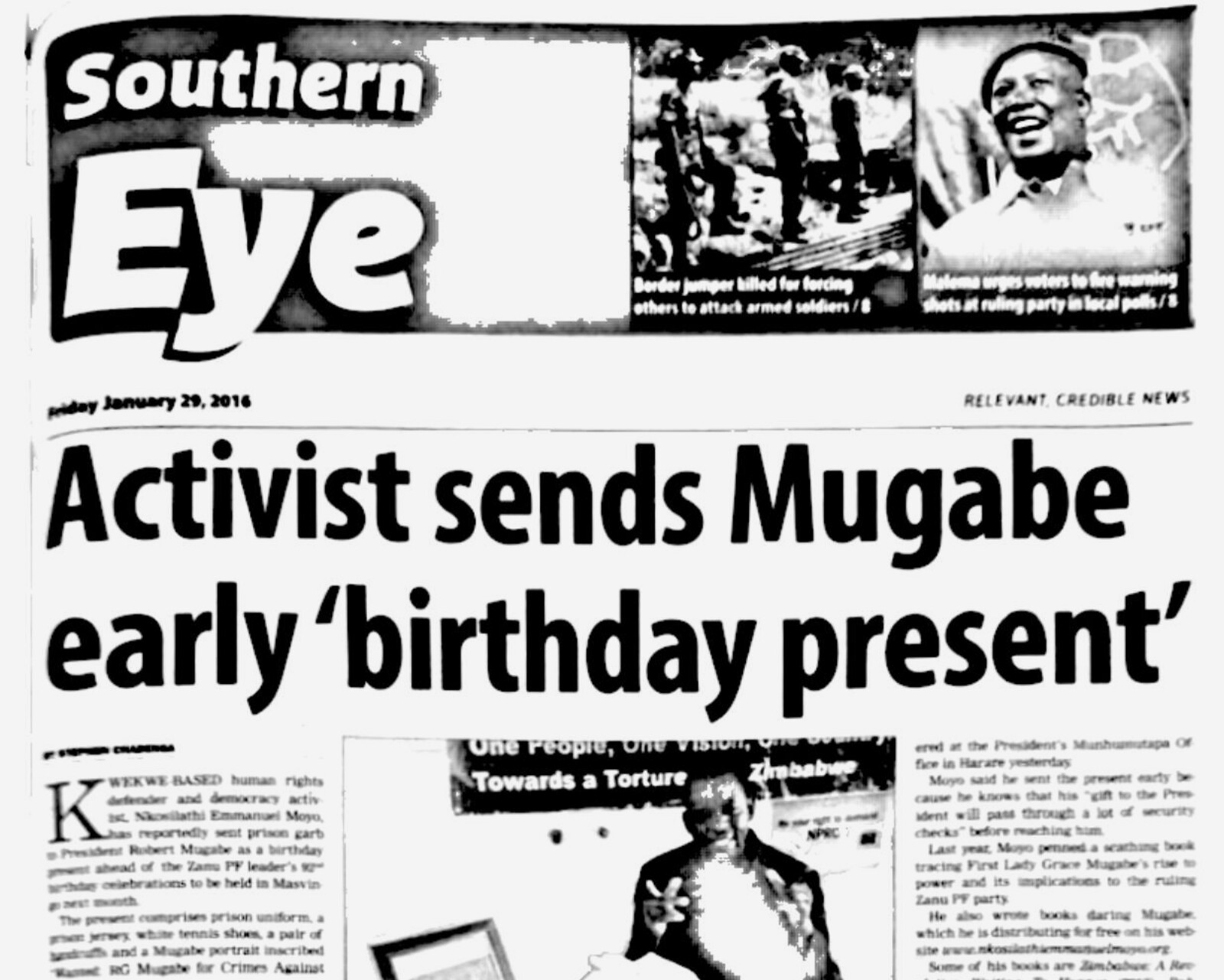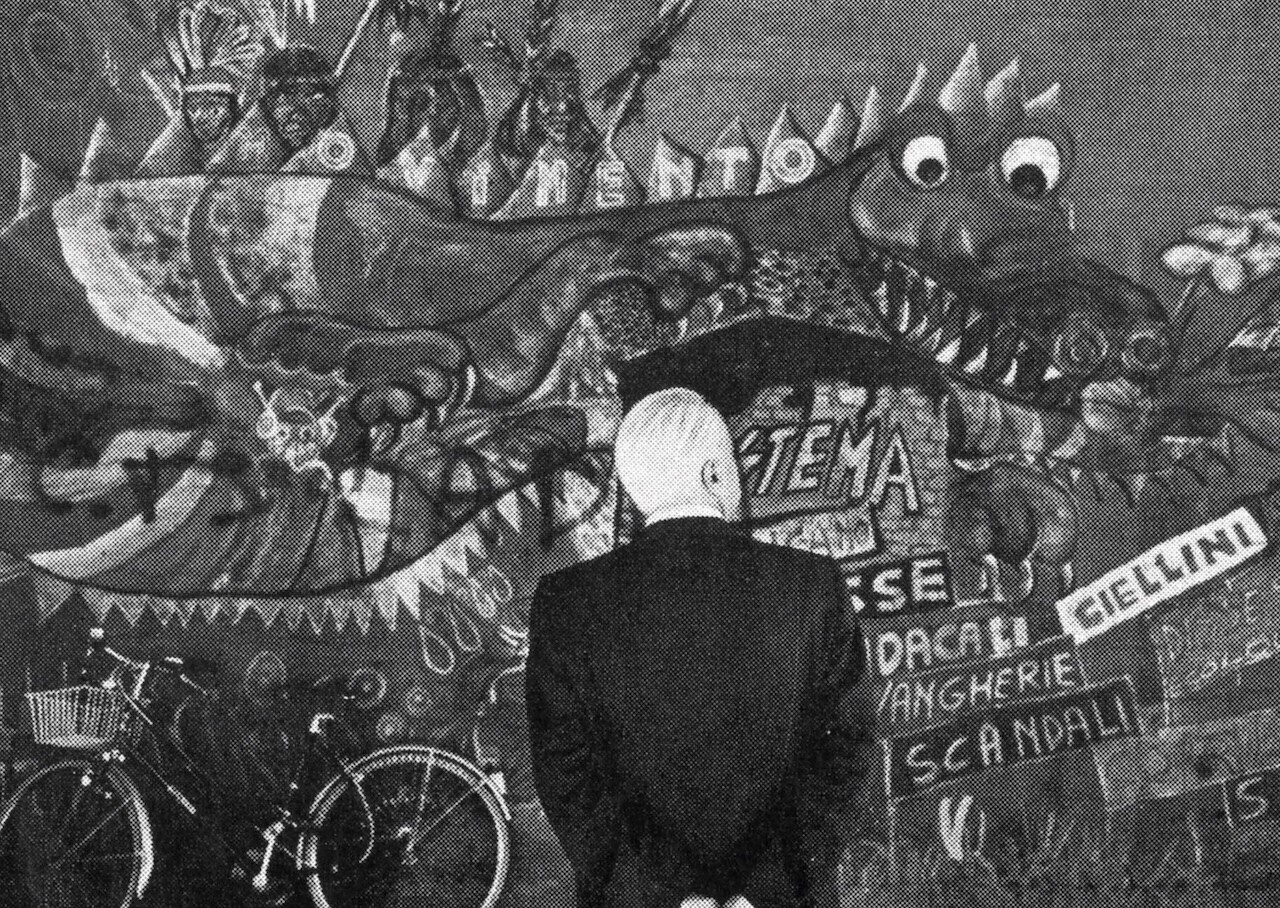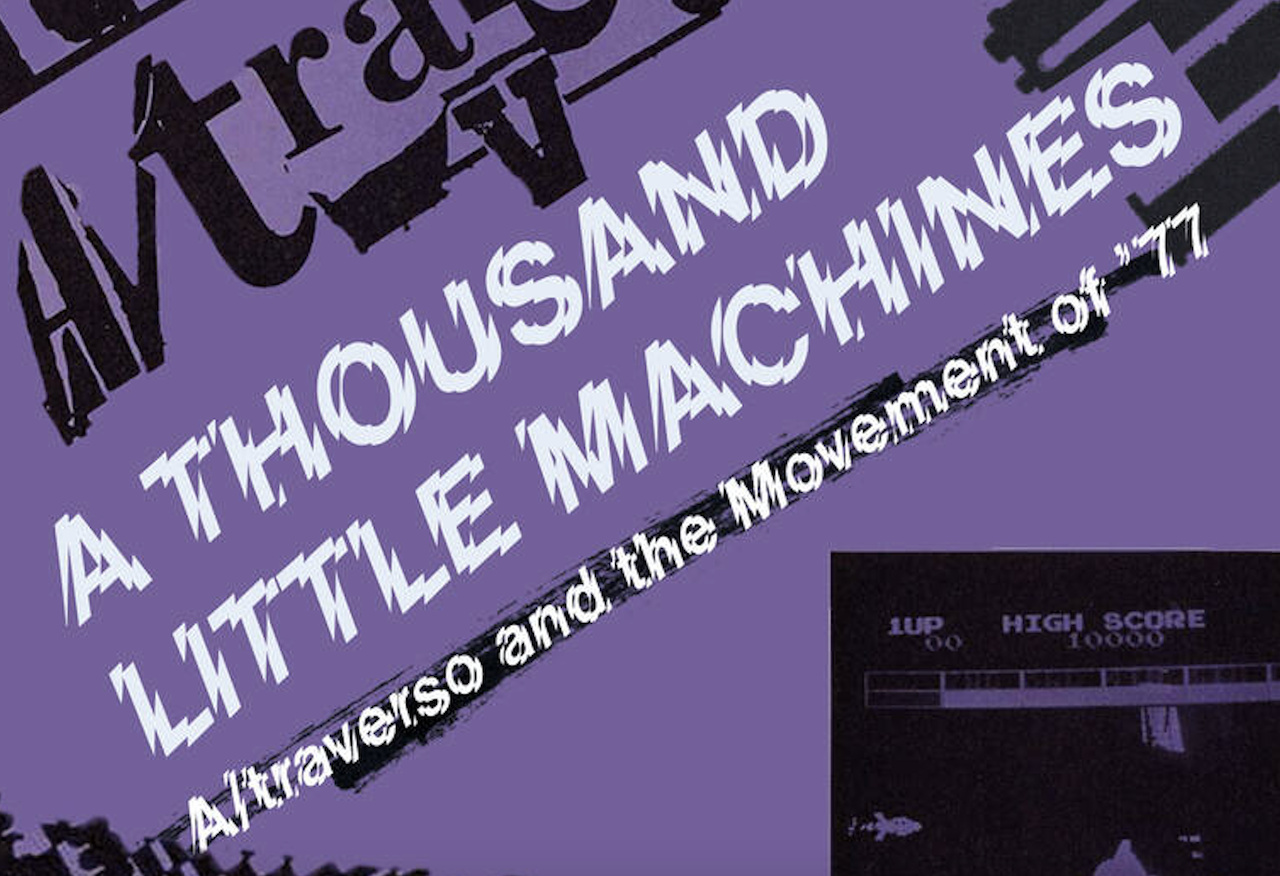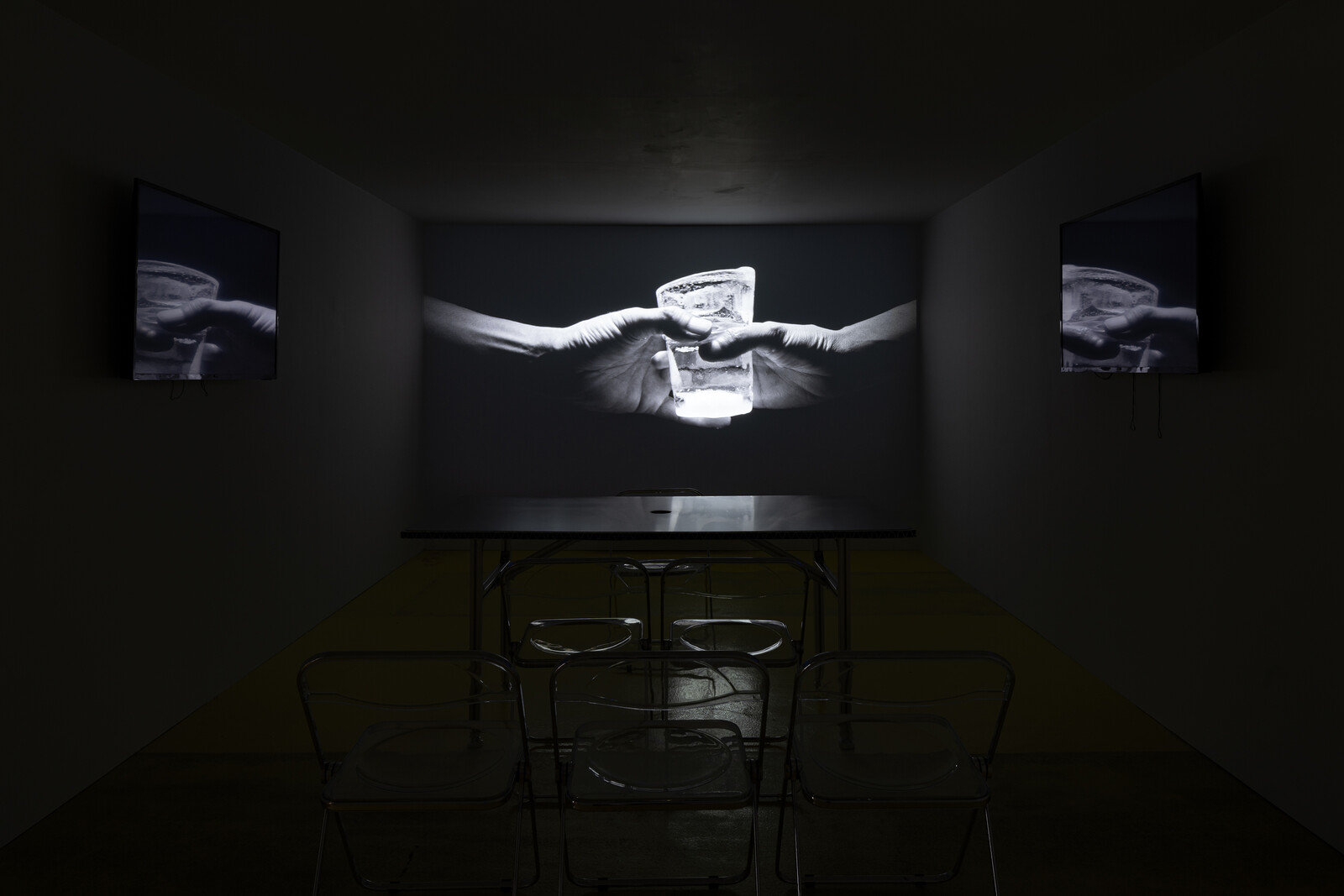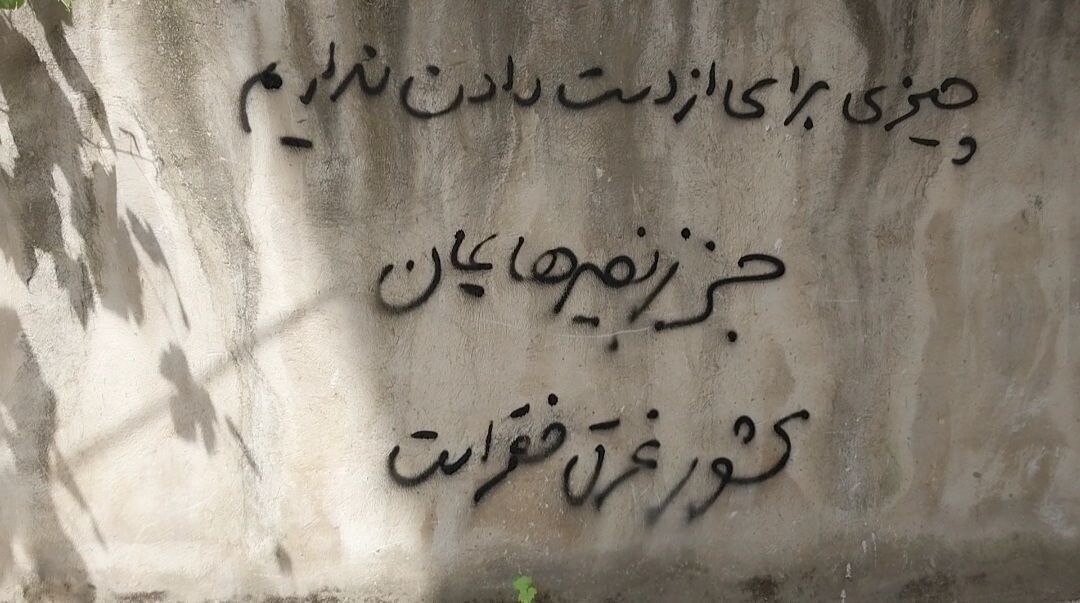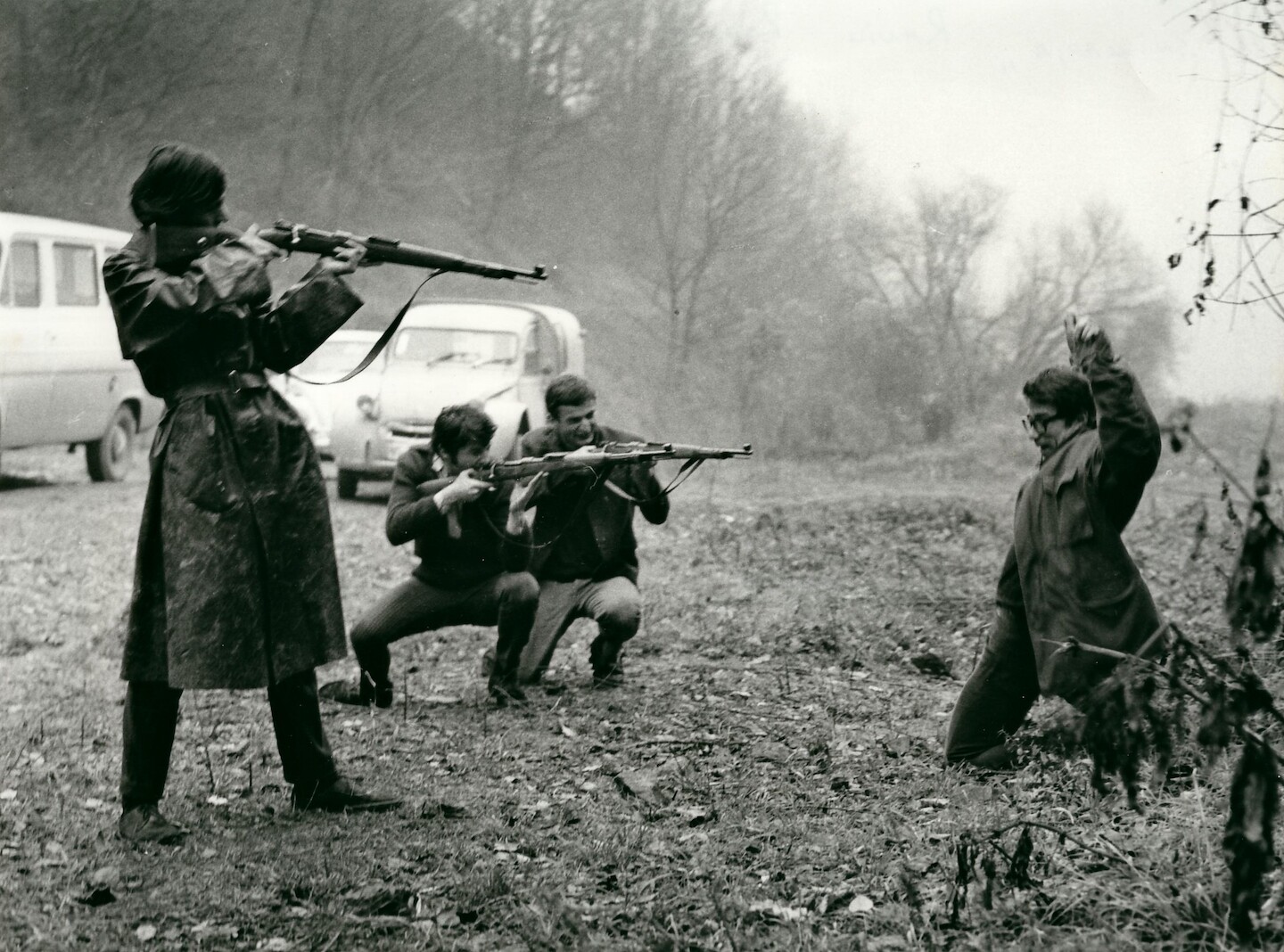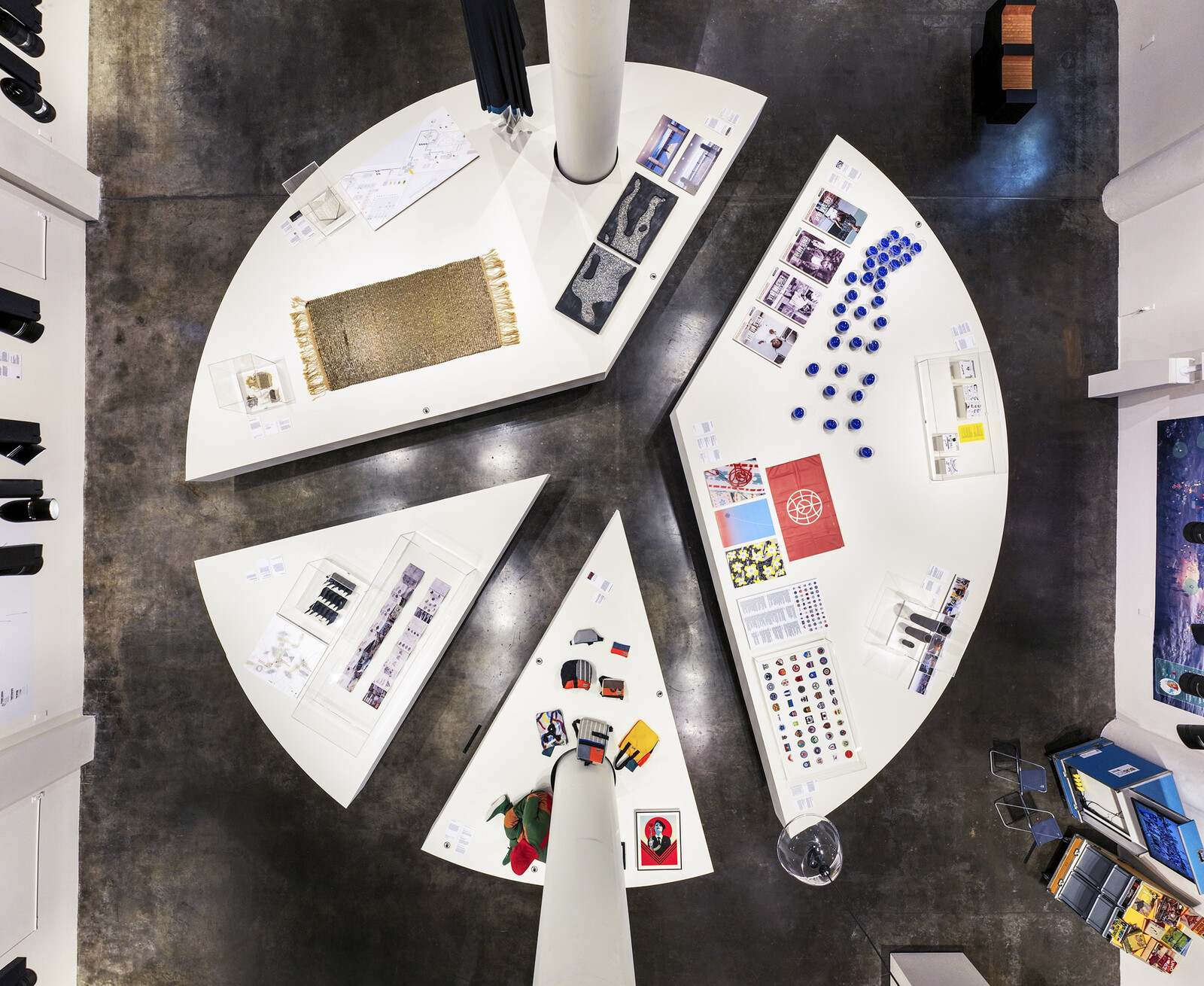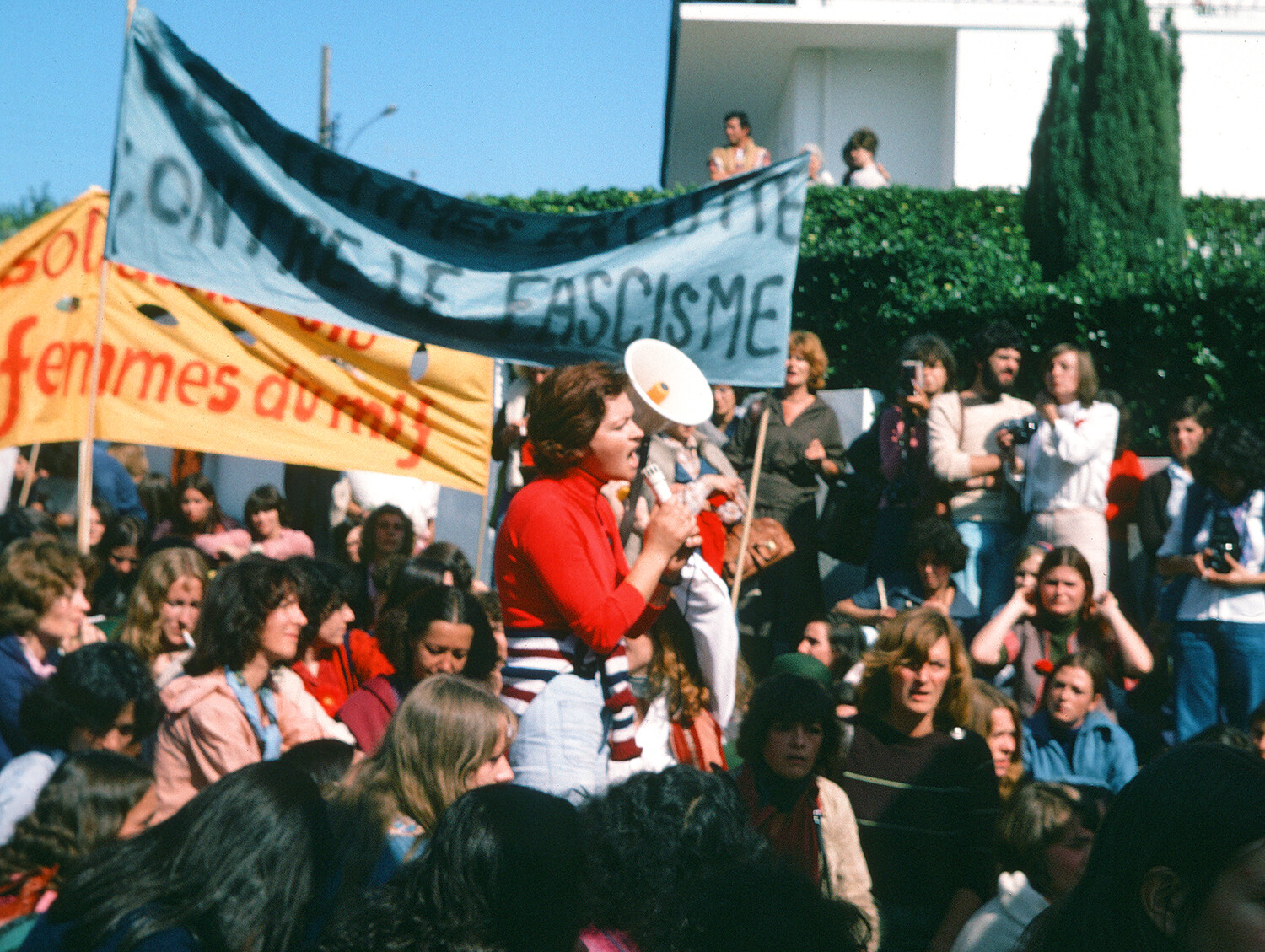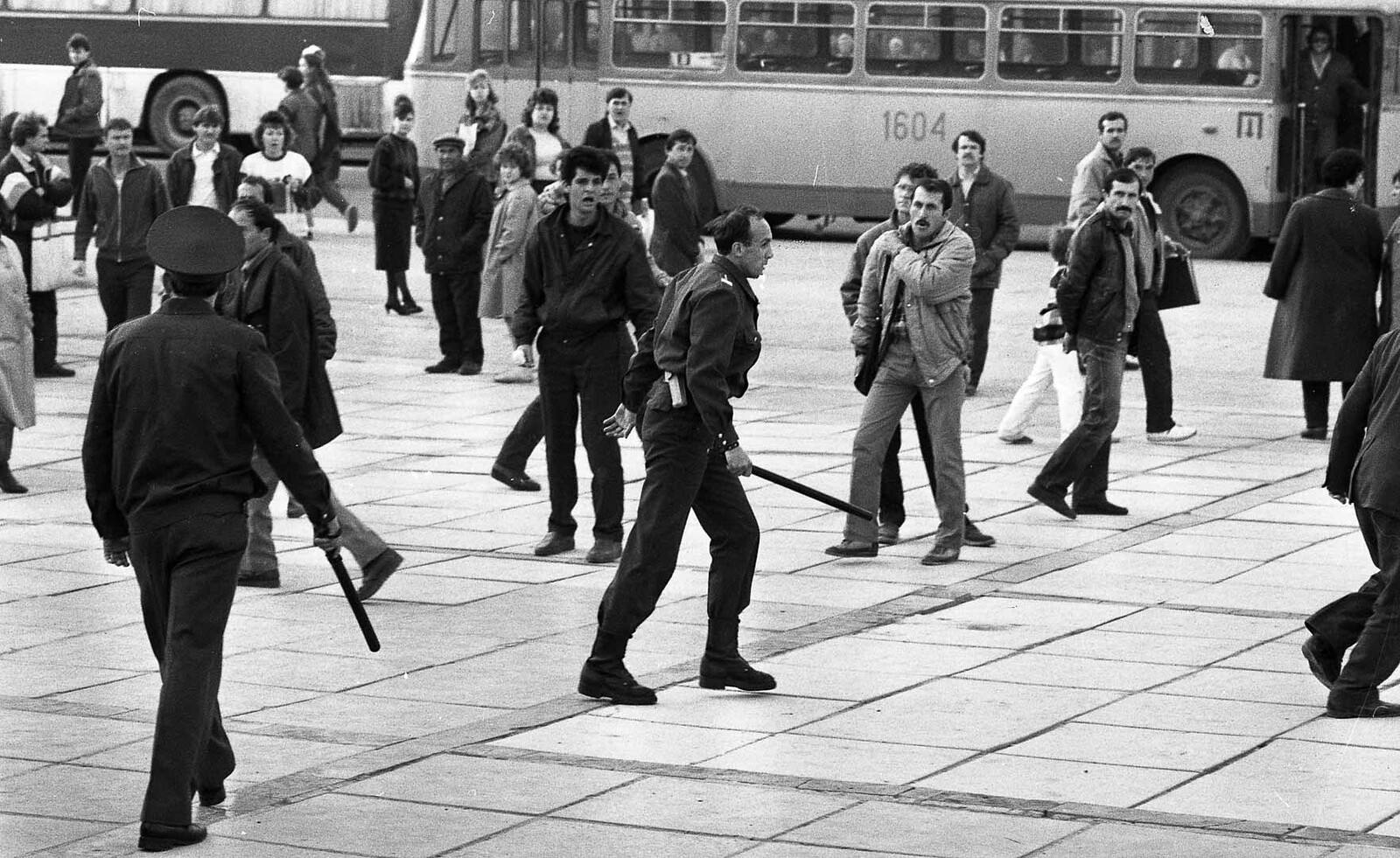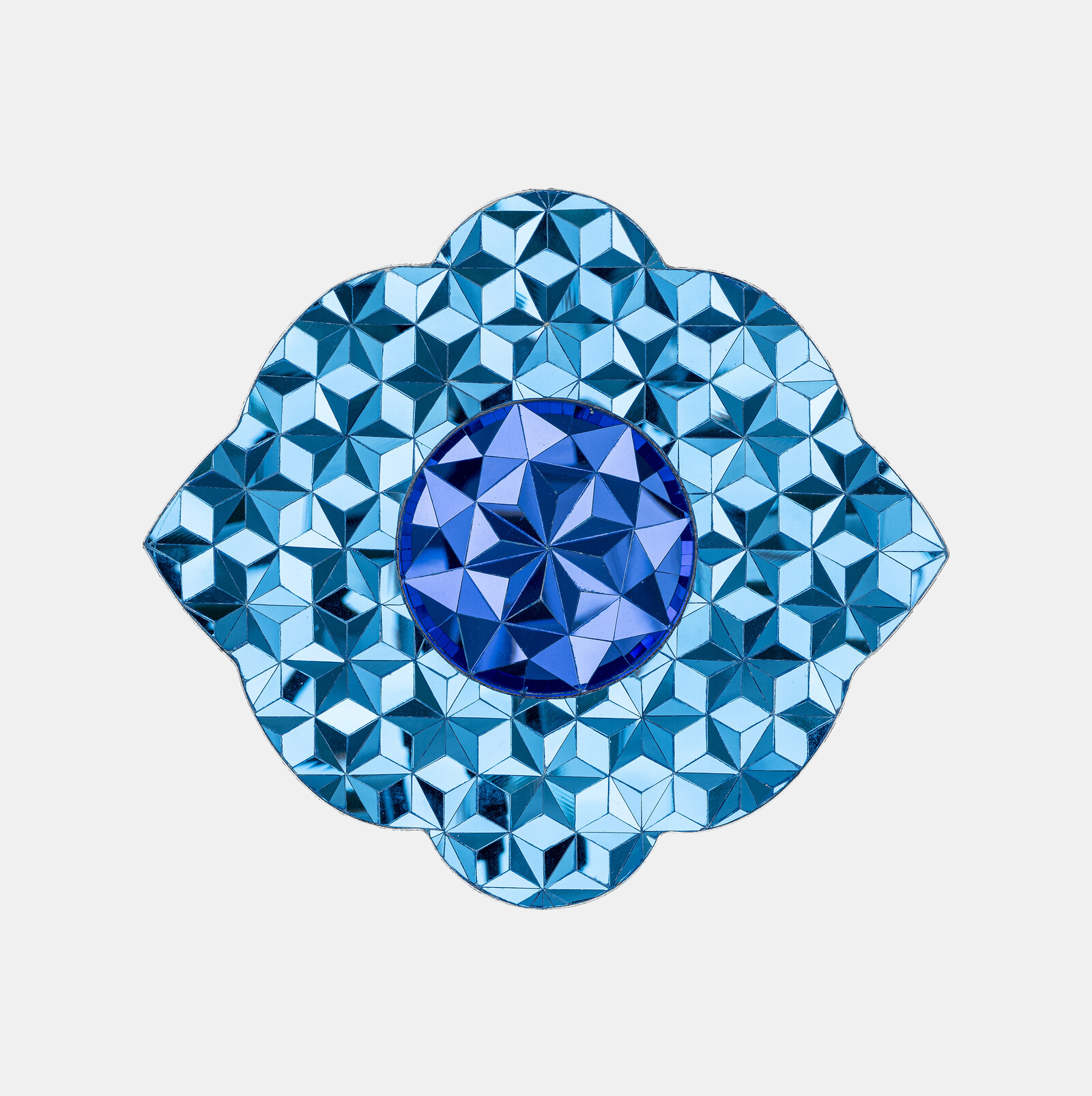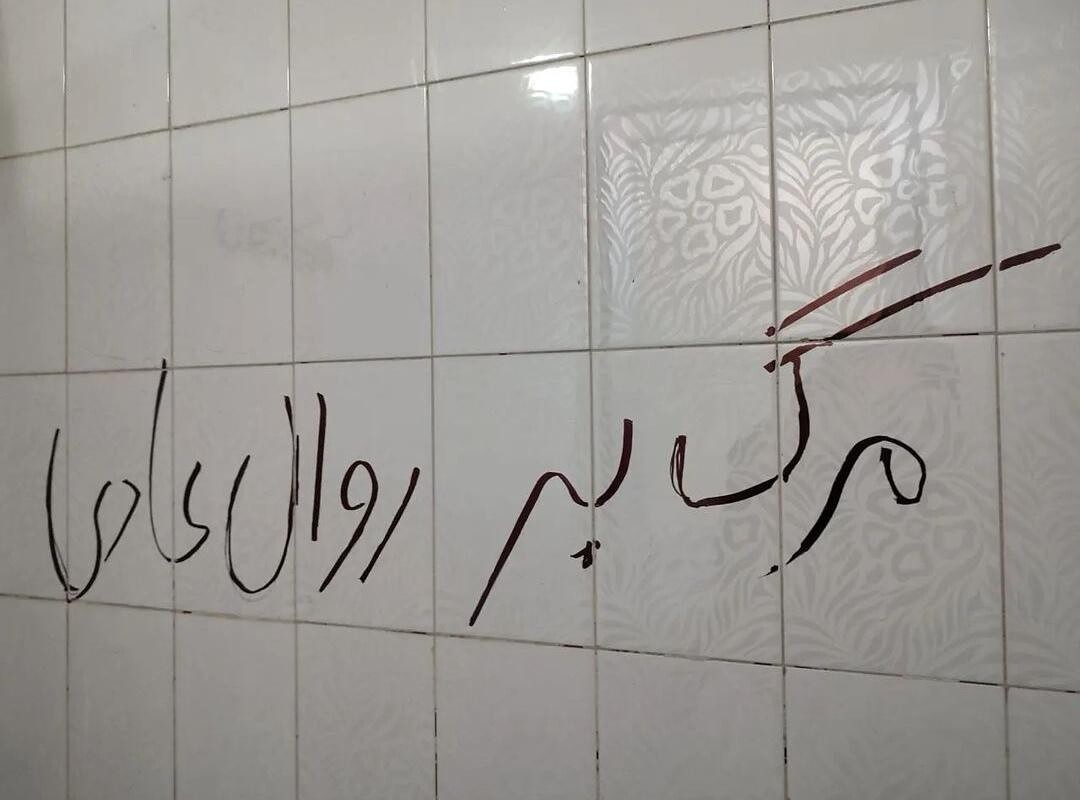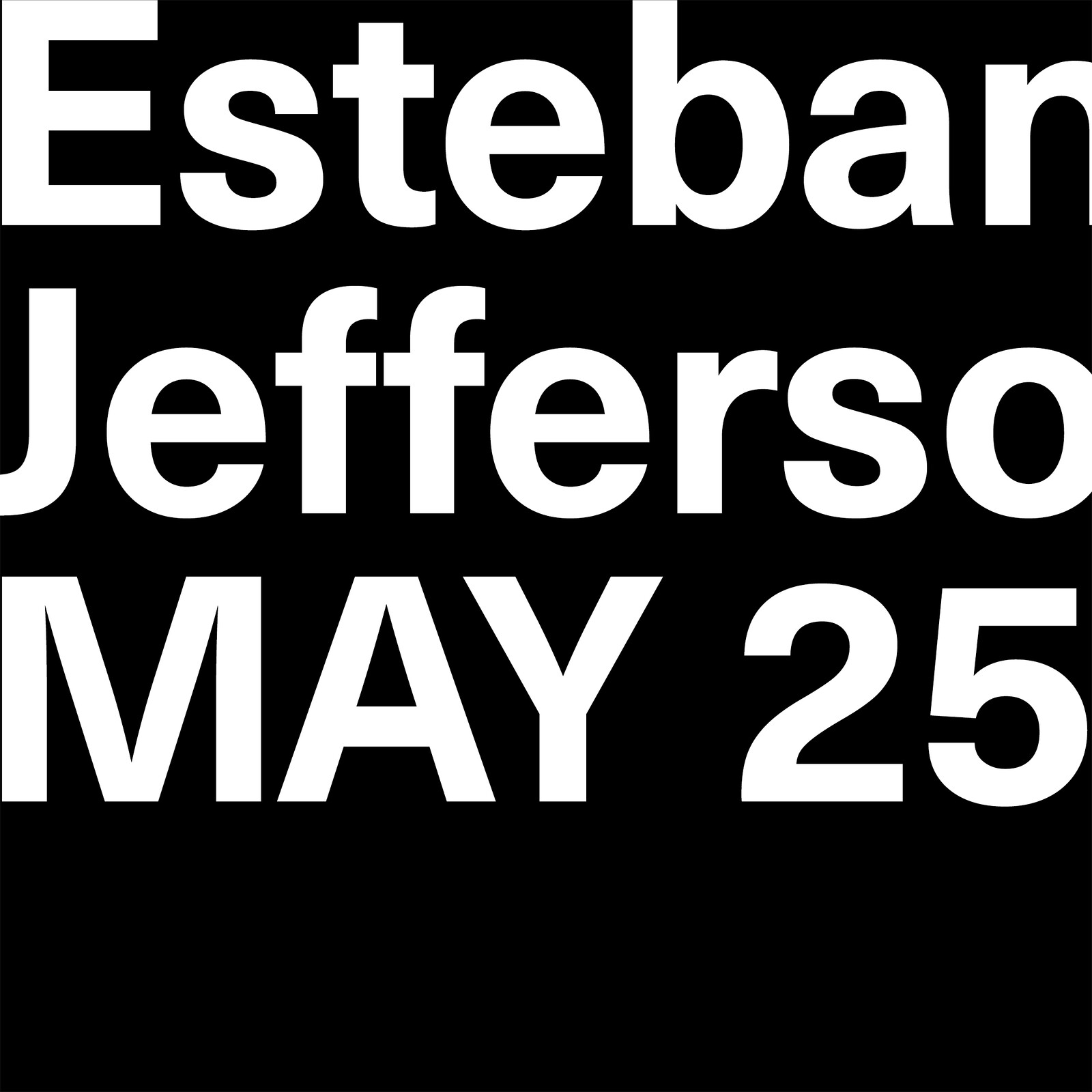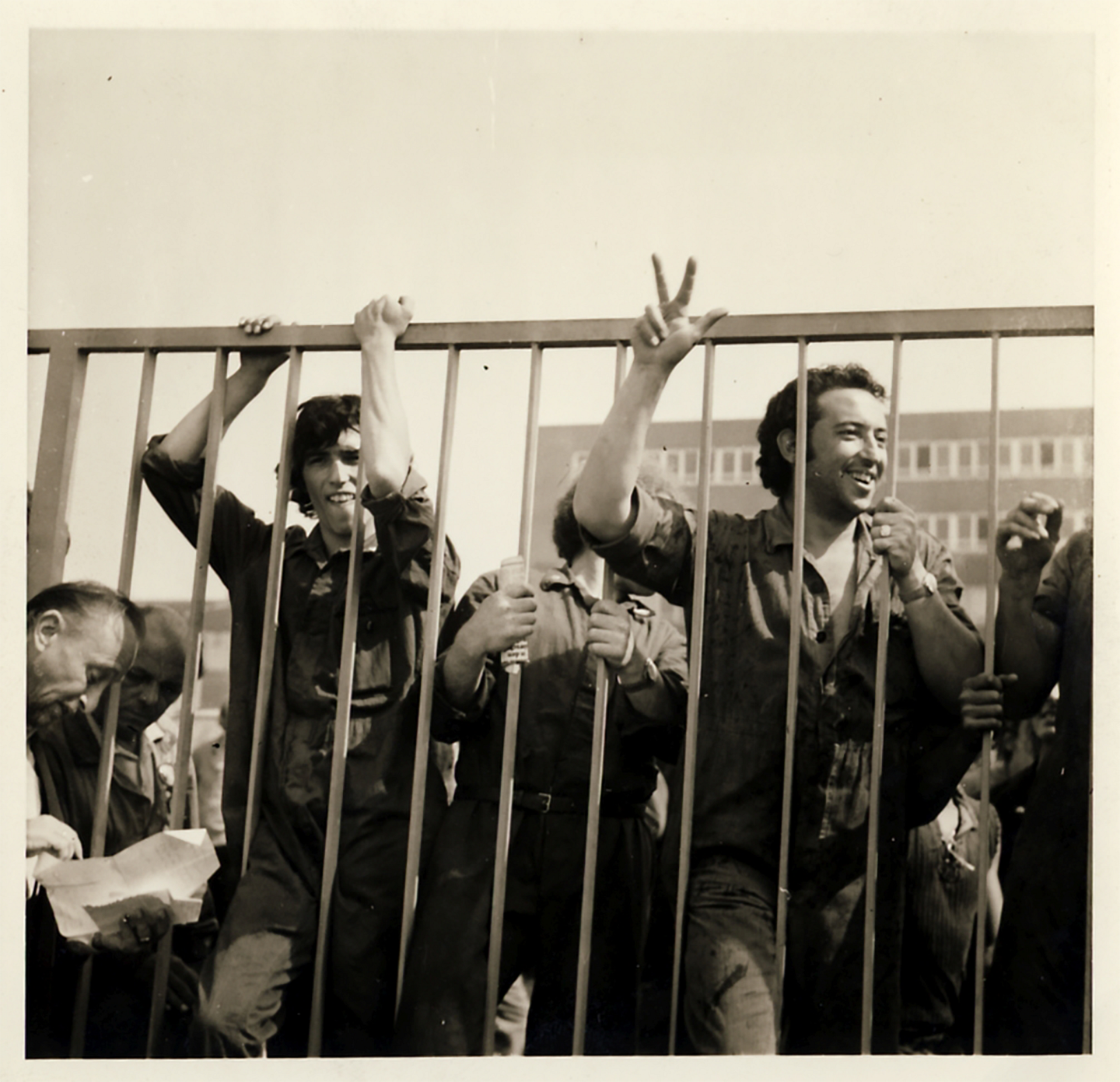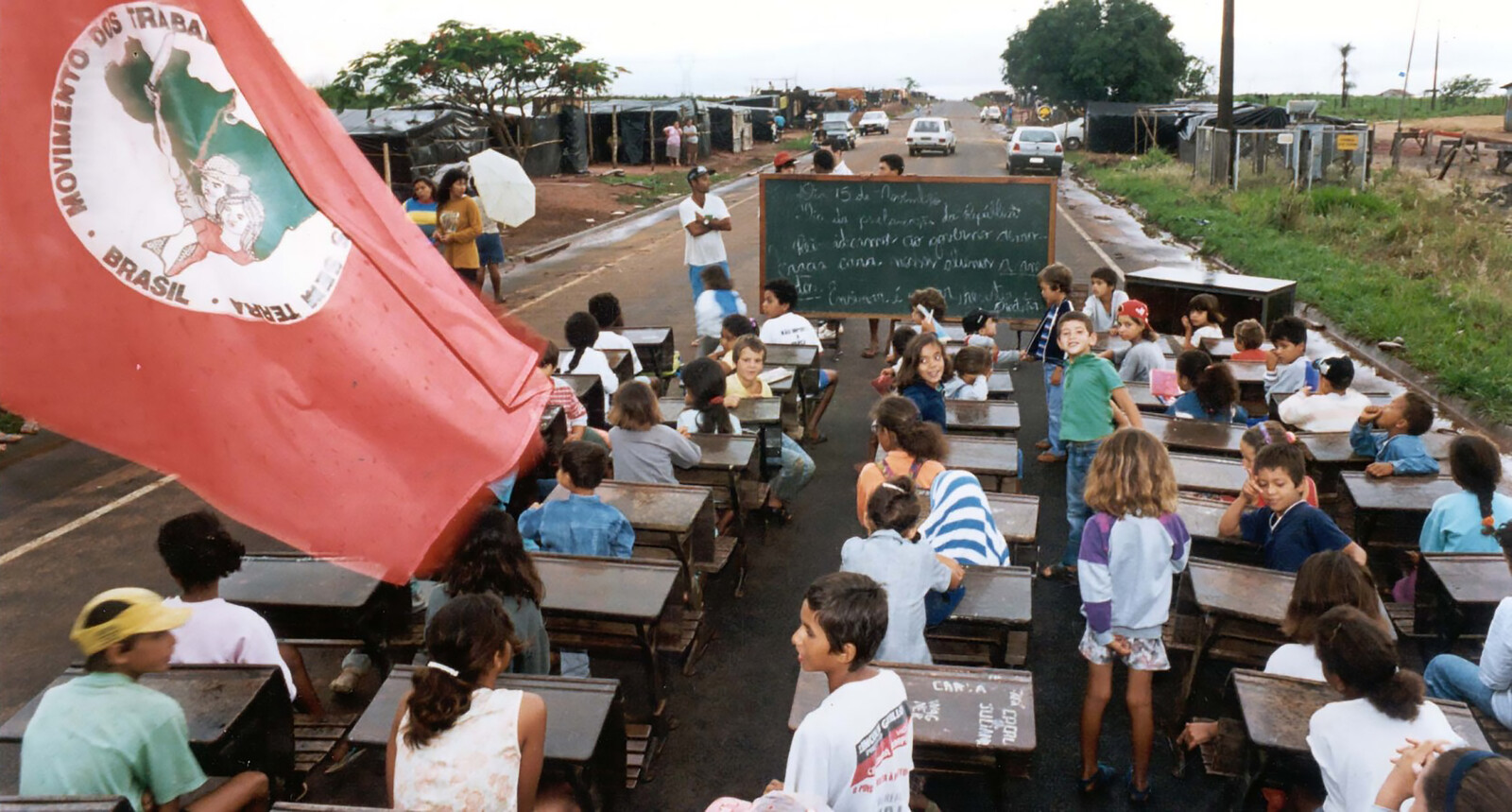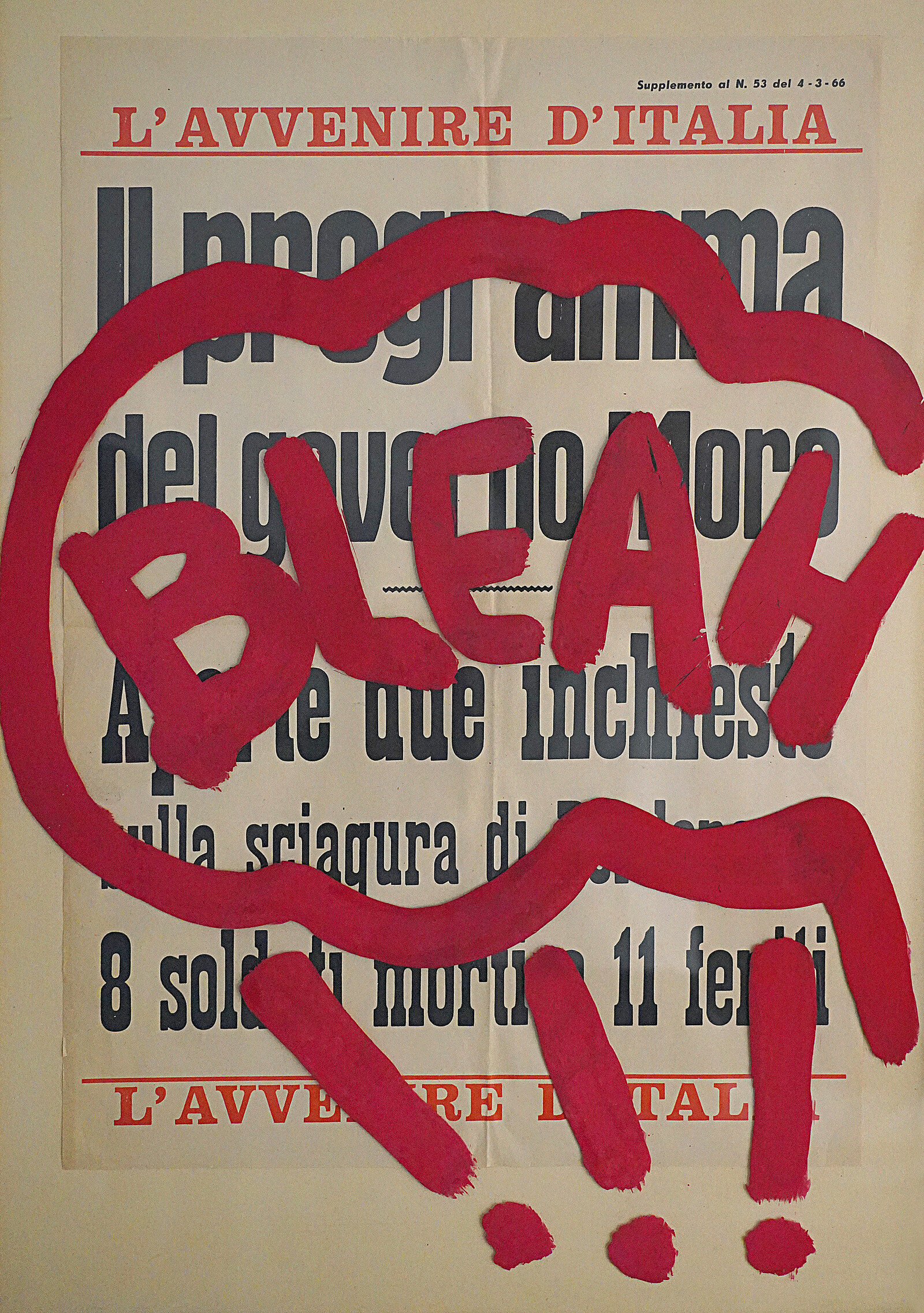Categories
Subjects
Artists, Authors, and Curators
Institutions
Locations
Types
Years
Sort by:
Filter
Done
339 documents
Contemporary Feminist Struggles: Some Thoughts from Mexico City
Irmgard Emmelhainz
e-flux Notes
Posted: June 26, 2024
Category
Feminism
Subjects
Protests & Demonstrations, Violence
Architecture Essay
Posted: June 19, 2024
Category
Architecture, Urbanism, Technology, Capitalism, Economy, Data & Information
Subjects
Money & Finance, Maps, Protests & Demonstrations
8th Yokohama Triennale, “Wild Grass: Our Lives”
Jörg Heiser
e-flux Criticism
Posted: June 6, 2024
Subjects
Extinction, Death, Violence, Protests & Demonstrations, Japan
Edinburgh Art Festival
20th anniversary programme
e-flux Announcement
Posted: May 29, 2024
Category
Feminism
Subjects
Public Art, Protests & Demonstrations, Queer Art & Theory
Institution
On Hating Students
Daniel Spaulding
e-flux
Posted: May 28, 2024
Category
Education, Marxism
Subjects
Academia, Palestine, Protests & Demonstrations, Class
Sylvain George: Screening and Conversation
Sylvain George and George MacBeth
e-flux Events
Posted: May 18, 2024
Category
Film, Migration & Immigration
Subjects
Experimental Film, Documentary, Europe, Refugees, Police & Prisons, Revolution, Protests & Demonstrations
e-flux Notes
Posted: May 9, 2024
Subjects
Protests & Demonstrations, Eastern Europe
e-flux Announcement
Posted: May 7, 2024
Category
War & Conflict, Feminism
Subjects
Iran, Protests & Demonstrations
Institution
e-flux Events
Posted: May 7, 2024
Category
Feminism, Human and Civil Rights
Subjects
Publications, Protests & Demonstrations, Iran, Revolution
e-flux Announcement
Posted: April 22, 2024
Subjects
Russia, Protests & Demonstrations, Art Activism
Institution
Perpetuum Mobilε
Artists at Risk Pavilion: Artists. Risks. Humans. Rights.
e-flux Announcement
Posted: April 6, 2024
Category
War & Conflict
Subjects
Protests & Demonstrations
Institution
Alserkal
When Solidarity Is Not a Metaphor
e-flux Agenda
Posted: March 21, 2024
Category
War & Conflict
Subjects
Solidarity, Protests & Demonstrations
Institution
Two Memories of ’77
Franco “Bifo” Berardi
e-flux Notes
Posted: March 7, 2024
Subjects
Revolution, Europe, Protests & Demonstrations, History
A Thousand Little Machines
Jamila Squire and Seth Wheeler
e-flux Notes
Posted: March 5, 2024
Subjects
Revolution, Europe, Protests & Demonstrations, Printmaking, Publications
e-flux Criticism
Posted: February 28, 2024
Subjects
Protests & Demonstrations, Palestine, Germany, Censorship
Kwan Sheung Chi’s “Not retrospective”
Stephanie Bailey
e-flux Criticism
Posted: February 12, 2024
Subjects
Politics, Protests & Demonstrations, East Asia
The Logic of Revolution in Popular Form
Jose Rosales
e-flux Notes
Posted: January 31, 2024
Category
Feminism
Subjects
Middle East, Protests & Demonstrations, Revolution, Oil
e-flux Notes
Posted: January 8, 2024
Category
Contemporary Art
Subjects
Protests & Demonstrations
Film = weapon or shit?
Early shorts by Želimir Žilnik
Greg de Cuir Jr, Pavle Levi, and Želimir Žilnik
e-flux Events
Posted: November 4, 2023
Category
Film, Labor & Work, Avant-Garde
Subjects
Experimental Film, Documentary, Post-socialism, Eastern Europe, Protests & Demonstrations, Homelessness, Housing & Real Estate, Childhood & Youth
Museum of Craft and Design
Designing Peace
e-flux Agenda
Posted: October 31, 2023
Category
Design, War & Conflict
Subjects
Protests & Demonstrations
Institution
Cité internationale des arts
Trailblazers: feminisms, camera in hand and archive over the shoulder
e-flux Announcement
Posted: October 15, 2023
Category
Feminism
Subjects
Video Art, Documentary, Protests & Demonstrations
Institution
Museum Folkwang
Rafał Milach
e-flux Announcement
Posted: September 26, 2023
Category
Photography
Subjects
Photojournalism, Libraries & Archives, Art Activism, Protests & Demonstrations
Institution
Gropius Bau
General Idea
e-flux Announcement
Posted: September 19, 2023
Subjects
Mass Media & Entertainment, Appropriation Art , Protests & Demonstrations, Humor & Comedy
Institution
Flavors of Freedom: Rethinking the late 1980s and early 1990s
Kateryna Iakovlenko
Architecture Essay
Posted: September 6, 2023
Category
Architecture, War & Conflict, Urbanism
Subjects
Ukraine, Preservation, Protests & Demonstrations
Bildmuseet
Mandana Moghaddam: Woman Life Freedom
e-flux Announcement
Posted: September 4, 2023
Category
Feminism, Migration & Immigration
Subjects
Middle East, Protests & Demonstrations
Institution
Down with the Ordinary: Thinking Through “Rebellion of the Slogans”
Niloufar Nematollahi
e-flux Notes
Posted: August 18, 2023
Category
Contemporary Art
Subjects
Middle East, Revolution, Protests & Demonstrations
e-flux Podcast
Posted: July 25, 2023
Category
Podcast
Subjects
Covid-19, Protests & Demonstrations
Haus der Kunst
Archiv 451: Trikont Verlag
e-flux Announcement
Posted: June 26, 2023
Category
Music
Subjects
Libraries & Archives, Subcultures & Countercultures, Protests & Demonstrations, Publications
Institution
Future Commoners
Ivonne Santoyo-Orozco
Architecture Essay
Posted: June 6, 2023
Category
Latin America, Education, Architecture, Labor & Work
Subjects
Protests & Demonstrations, Childhood & Youth, Collaboration
Ar/Ge Kunst
Spring–summer 2023 program
e-flux Announcement
Posted: May 15, 2023
Category
Performance
Subjects
Poetry, Protests & Demonstrations
Institution

